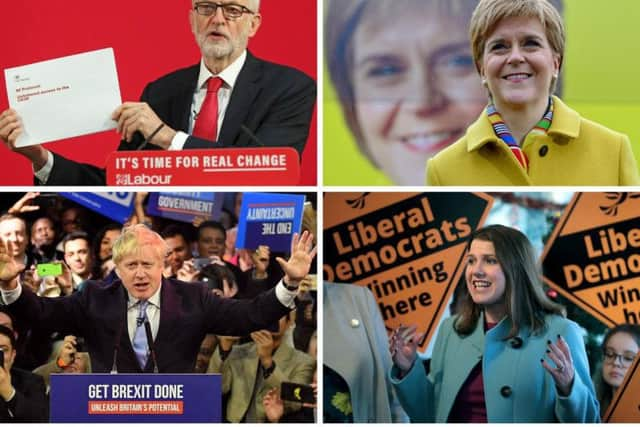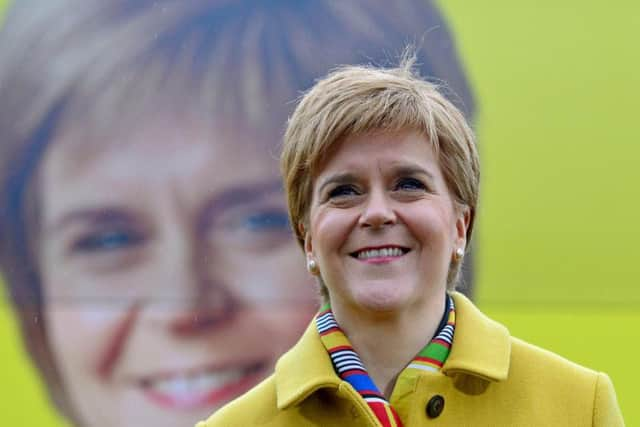General Election 2019: UK heads to the polls for third election in five years
Voters across the UK will head to the ballot box on Thursday for the third general election since 2015. Polling stations are open from 7am to 10pm, with results expected from the early hours of Friday.
The campaign in Scotland has been largely dominated by the topics of Brexit and Scottish independence, with the prospect of electoral pacts also high on the agenda.


The current landscape
Advertisement
Hide AdAdvertisement
Hide AdAt the last election in 2017, the SNP won 35 seats - 21 fewer than it gained in 2015.
The Scottish Conservatives increased their tally by 12 in 2017 to win 13 seats, with Labour winning six more to have seven MPs in Scotland.


The Liberal Democrats also picked up four seats two years ago - a rise of three on their total in 2015.
In the 2017 poll, there was an electorate of 3,988,490 people and a turnout of 66.4%.
Marginal seats up for grabs
Scotland could play an important role in Thursday's election due to a number of key marginal seats.
The Scottish Conservatives increased their tally by 12 in 2017 to win 13 seats, with Labour winning six more to have seven MPs in Scotland.
The Liberal Democrats also picked up four seats two years ago - a rise of three on their total in 2015.In the 2017 poll, there was an electorate of 3,988,490 people and a turnout of 66.4%.
Scotland could play an important role in Thursday's election due to a number of key marginal seats.
Advertisement
Hide AdAdvertisement
Hide AdTwo years ago, the SNP's Stephen Gethins was re-elected as MP for North East Fife after winning just two more votes than the Liberal Democrats.
It has been a target seat for the Lib Dems, with their candidate Wendy Chamberlain having been in place since June 2018.
Stirling could also be a key constituency, with the Scottish Conservatives winning the seat from the SNP in 2017 by just 148 votes.
SNP MEP Alyn Smith is hoping to win back the seat from Tory Stephen Kerr.
Liberal Democrat leader Jo Swinson is standing for re-election in the East Dunbartonshire constituency but will have to fend off the SNP candidate Amy Callaghan.
Leaders head to polls
Scotland's political leaders will be among the first to cast their votes, with SNP leader Nicola Sturgeon voting in Glasgow and Scottish Labour leader Richard Leonard in Paisley.
Scottish Greens co-leader Lorna Slater will vote in Edinburgh, while co-leader Patrick Harvie will do so later in Glasgow.
Liberal Democrat leader Jo Swinson will cast her vote in Bearsden in West Dunbartonshire.
Advertisement
Hide AdAdvertisement
Hide AdFollowing heavy rain and strong winds this week, Thursday is expected to be an "unsettled day" weather-wise.
Two cold weather warnings have been issued for election day, with ice and wintry showers expected in parts of Scotland.
One of the yellow warnings stretches from Perth, north through central Scotland to Wick, and the other, further south, covers an area between Thornhill and Lanark.
